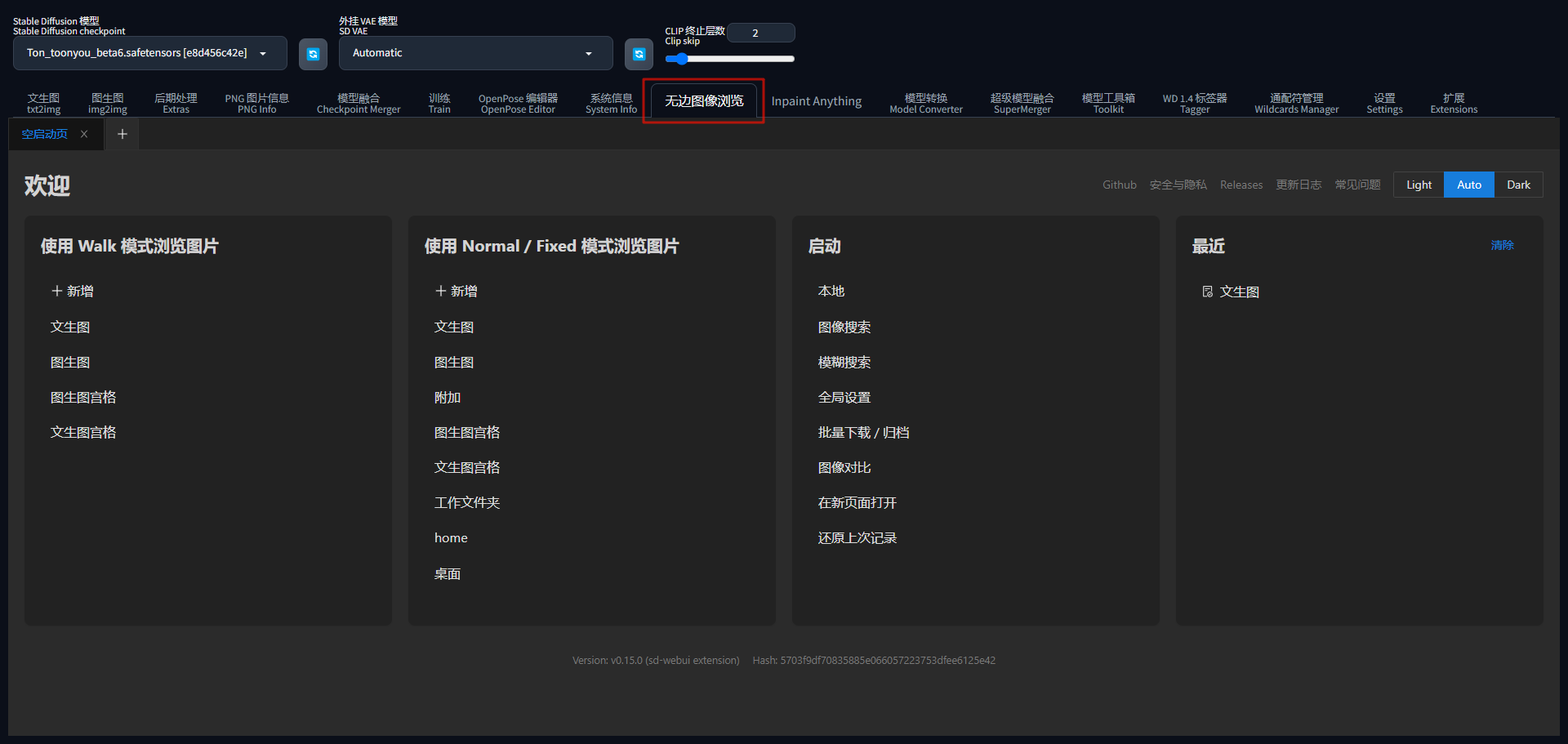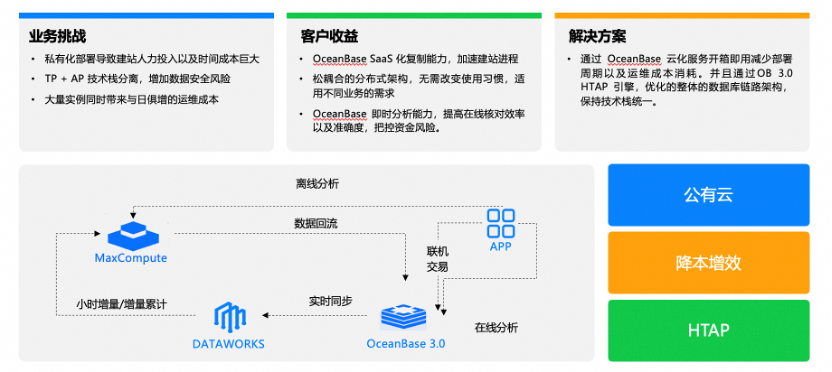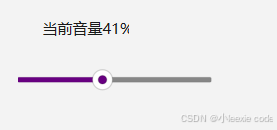在Vue 3中使用axios请求导出Excel文件,可以发送一个GET或POST请求,并设置响应类型为blob或arraybuffer,然后使用new Blob()构造函数创建一个二进制文件,最后使用URL.createObjectURL()生成一个可以下载的链接。
先看代码
import axios from 'axios';// 导出Excel文件的函数
export function exportExcel() {const url = '/api/export'; // 替换为你的接口地址axios({method: 'get',url: url,responseType: 'blob', // 重要!设置响应类型为blob或arraybuffer}).then(response => {// 创建一个新的Blob对象,设置文件类型
//response.data是后端返回的文件流数据,如果response是文件流就直接用response,根据后端返回实际情况而定const blob = new Blob([response.data], { type: 'application/vnd.ms-excel;charset=UTF-8' });// 创建一个指向新Blob对象的URLconst url = window.URL.createObjectURL(blob);// 创建一个a标签用于下载const link = document.createElement('a');link.href = url;link.setAttribute('download', 'export.xls'); // 设置下载文件名document.body.appendChild(link);// 触发下载link.click();// 清理并移除元素和对象URLdocument.body.removeChild(link);window.URL.revokeObjectURL(url);}).catch(error => {console.error('导出Excel失败:', error);});
}后端返回的数据是一个二进制数据流,可以console.log(response)打印一下响应数据,查看数据是不是Blob类型,如果不是的话可能会出现乱码、undefined等情况
以arraybuffer类型为准的post请求,以下是后端返回数据截图,这里response的值是文件流
后端返回的数据

响应拦截器获取到的数据

打印的response数据

如果前端得到的数据结构跟上面截图一样,大概是没有问题的,如果出现中文乱码、undefined等情况,可以检查一下是否在请求时设置了响应类型,blob和arraybuffer还是有区别的,blob不行就试试arraybuffer



















